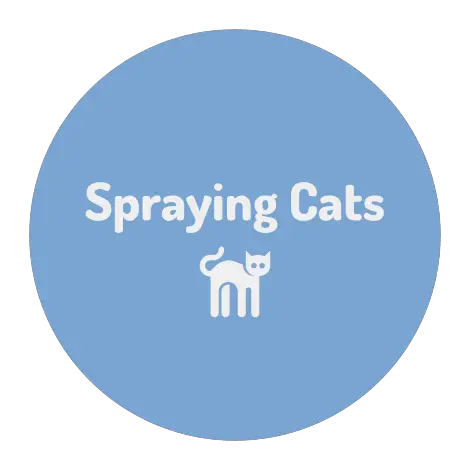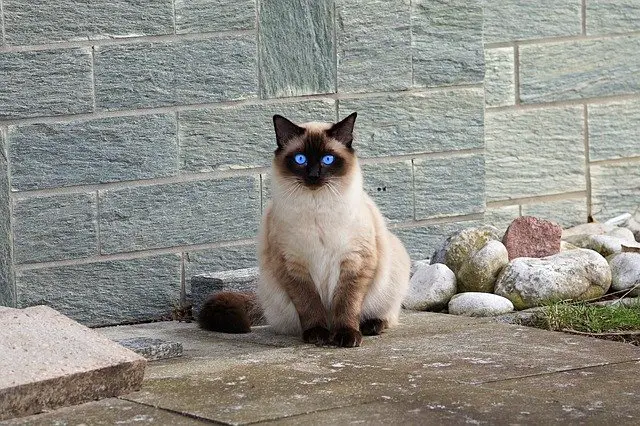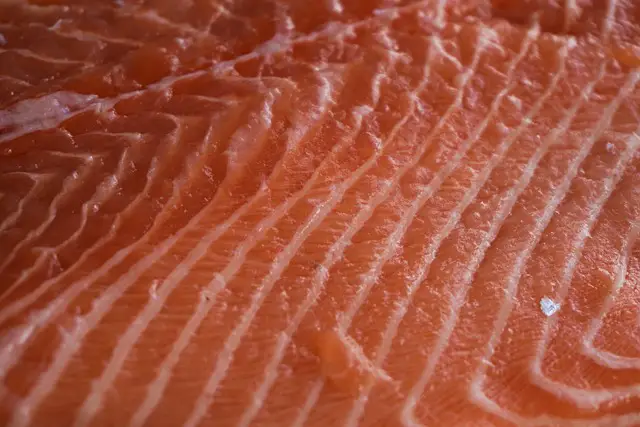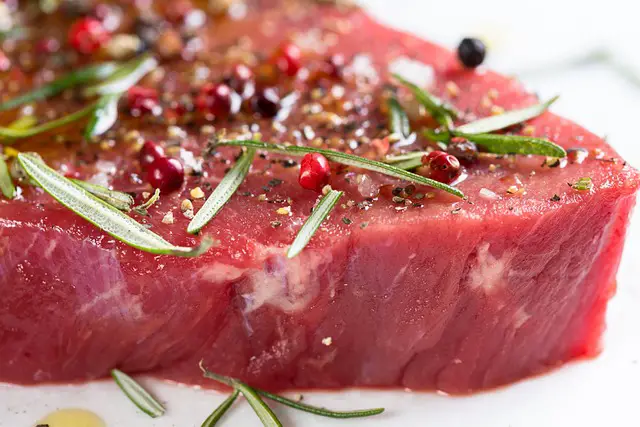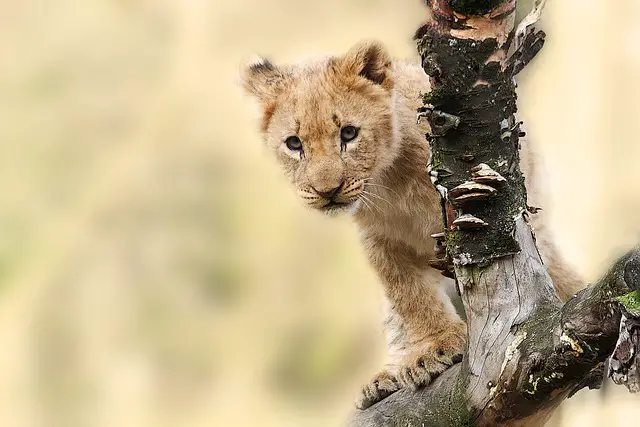Siamese cats are a popular breed known for their striking blue eyes and sleek appearance. However, many potential owners may wonder whether these cats shed excessively.
Like most cats, the answer is yes – Siamese cats shed. But how much shedding can one expect from this breed?
Siamese cats have short, fine fur that sheds moderately throughout the year.
While they may not shed as much as some long-haired breeds, they still require regular grooming to keep their coat healthy and shiny.
In addition, Siamese cats may experience increased shedding during seasonal changes or stress. Understanding the shedding habits of Siamese cats is essential for potential owners to ensure they can provide proper care for their new pet.
Do Siamese Cats Shed?
Siamese cats are known for their striking looks, with their distinctive blue eyes and sleek, slender bodies. They are also popular pets due to their affectionate and playful nature. However, one question potential owners may have is whether Siamese cats shed.
The short answer is yes, Siamese cats do shed. Like all cats, they have fur that they will naturally shed as part of their regular grooming process. However, the amount of shedding can vary depending on various factors, including the individual cat, age, and health.
Siamese cats have short, fine fur that is not prone to matting or tangling. While they do shed, they are not considered to be heavy shedders.
Regular grooming can help minimize shedding, as it removes loose fur before it has a chance to accumulate on furniture and clothing.
It is important to note that excessive shedding can be a sign of an underlying health issue, such as allergies or skin problems.
If a Siamese cat is shedding excessively or has bald patches, it is essential to take them to a veterinarian for a check-up.
While Siamese cats do shed, they are not considered heavy shedders. Regular grooming and monitoring for any signs of health issues can help keep shedding under control.
Factors Influencing Siamese Cats Shedding
Genetics
Siamese cats have short, fine fur that sheds minimally compared to other breeds. However, the amount of shedding can vary depending on genetics.
Some Siamese cats may inherit a thicker undercoat from their parents, causing them to shed more than others.
Additionally, Siamese cats crossbred with other breeds may inherit different coat types, leading to more or less shedding.
Diet
A cat’s diet can also affect its shedding. Siamese cats require a protein and fat diet to maintain their sleek coats.
If a Siamese cat’s diet lacks essential nutrients, its fur may become dry and brittle, leading to excessive shedding. Feeding Siamese cats a balanced diet that meets their nutritional needs is critical.
Health
A Siamese cat’s overall health can also impact shedding. Cats with underlying health conditions like thyroid problems or allergies may experience more shedding than healthy cats. Regular vet check-ups and proper care can help prevent health issues that may contribute to shedding.
Environment
The environment a Siamese cat lives in can also affect shedding. Cats that spend much time outdoors may shed more due to exposure to the elements.
Indoor cats may shed less, but temperature and humidity can still impact shedding. Regular grooming and cleaning of the cat’s living space can help reduce shedding.
In conclusion, genetics, diet, health, and environment can influence shedding in Siamese cats. Owners can help minimize shedding and keep their Siamese cats looking and feeling their best by providing proper care and attention.
How to Manage Siamese Cats Shedding
Siamese cats are known for their beautiful, short-haired coats. However, like all cats, they do shed. Shedding is a natural process that helps cats get rid of old or damaged fur.
While it cannot be entirely prevented, there are several ways to manage Siamese cats shedding, which can help reduce the amount of hair around your home.
Grooming Techniques
Regular grooming is essential for managing Siamese cats shedding. Brushing your cat’s coat a few times a week can help remove loose fur and prevent it from spreading around your home.
A slicker or rubber brush can be used to remove loose hair from your cat’s coat. Being gentle while grooming your cat is essential, as their skin is sensitive.
In addition to brushing, you can also use a damp cloth to wipe your cat’s coat. This can help remove any loose hair stuck to their coat. It can also help keep your cat’s coat shiny and healthy.
Dietary Adjustments
Diet can play a significant role in managing Siamese cats’ shedding. Feeding your cat a high-quality, protein-rich diet can help keep their coat healthy and reduce shedding.
Omega-3 and Omega-6 fatty acids found in fish oil can also help reduce shedding. Adding a small amount of fish oil to your cat’s diet can help reduce shedding and keep their coat healthy.
Environmental Changes
Making a few changes to your home environment can also help manage Siamese cats shedding. Investing in a good vacuum cleaner can help keep your home clean and free of cat hair. You can also use a lint roller to remove loose hair from furniture and clothing.
Providing your cat with a scratching post can also help manage shedding. Scratching helps remove loose fur from your cat’s coat, which can help reduce shedding. You can also provide your cat with a comfortable bed to help reduce stress, which can also help reduce shedding.
In conclusion, managing Siamese cats shedding requires grooming techniques, dietary adjustments, and environmental changes. By following these simple tips, you can help reduce the amount of hair around your home, keeping your cat healthy and happy.
Conclusion
Siamese cats are known for their striking appearance, intelligence, and affectionate nature. But when it comes to shedding, the answer is not so straightforward. While Siamese cats do shed, the amount and frequency of shedding can vary from cat to cat.
Factors such as age, diet, health, and season can all affect shedding. Siamese cat owners must be aware of these factors and take steps to minimize shedding, such as regular grooming, a healthy diet, and a clean living environment.
While Siamese cats do shed, it is not excessive compared to other breeds. With proper care and attention, Siamese cats can make excellent, low-shedding pets for those who suffer from allergies or prefer a cleaner home environment.
[su_box title=”Affiliate Disclosure”]This website is supported by its readers. Please assume that all links are affiliate links. If you make a purchase from one of the links we will make a commission from Amazon. Thank you.[/su_box]
